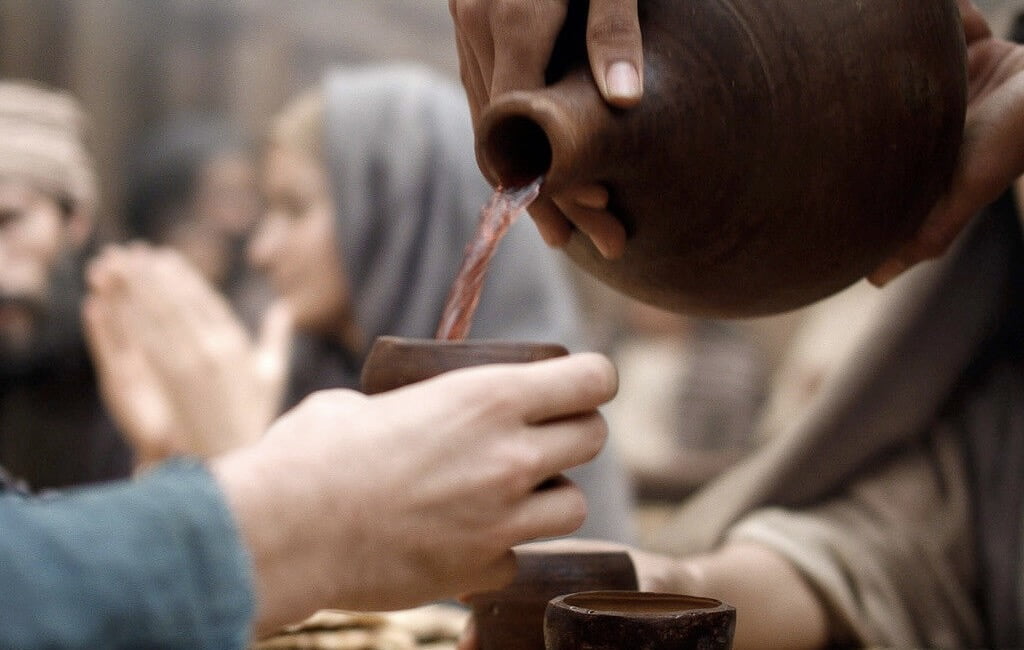The Sunday lectionary gospel in Year C for Epiphany 3 is John 2.1–11, the ‘sign’ of Jesus turning water into wine at the wedding in Cana. It offers us a good example of John’s remarkable ability in story-telling, where he combines an intense attention to realistic detail with powerful evocation of the scene. In 11 short verses, we are taken into both the reality and the emotion of the event, so it is no wonder that the story is so well known that the phrase ‘turning water into wine’ (like ‘walking on water’) has become something of a cultural trope.
I offer a detailed study of this in the related post focussing on how we should interpret the six stone jars, along with other considerations in the text.
In this video, I have a conversation with my friend James Blandford-Baker, who is vicar of Histon and Impington, just north of Cambridge. We talk about the jars, but also about some other fascinating things about this text, and reflect on what we take away from it personally, and how we might preach on this well-known passage.
I hope you find it useful in bringing the word to life.
How do we make sense of ‘end times’ language in the New Testament? Should we be looking for ‘signs’ and predicting dates—or is there a better way to think about these things?
Join me for a Zoom teaching afternoon on Thursday February 3rd, or come for a relaxing break and think about these issues at Lee Abbey in Devon on May 2nd to 6th.




























Just as a matter of interest, if water (hydrogen and oxygen) is broken down and then made into wine will the volume be the same?
🙂
Steve – I don’t really see how he could do this. He has to change H2O into C2H5OH. Presumably this means for each 3 water molecules, he has to take 2 of them, change the oxygen to carbon (by dumping a couple of protons, a couple of neutrons and a couple of electrons from each) to get his ethanol. So these would probably be released as heliums (helium consists of two protons two neutrons and two electrons) ……
Just perfect. Thanks Jock for the chemistry lesson. Perhaps John failed to mention the high pitched voices of the sevants from all the helium ?
Another way of looking at ‘6’ is to see it as representing a half in ancient measures. Until recently we still used ounces and pounds.
6= something incomplete with something missing? That may be why there are 12 apostles , that is the whole pie.
… well, 6 is an important number. The other day, my (5 year old) son asked me if I knew of an even number, which was greater than 4 and less than 8 and which was equal to
3 + 3. I think he got some help formulating the problem.
The jars may have been typically static, but given this was a wedding, is it not quite likely that additional jars would have been brought in, possibly from neighbour’s homes, to facilitate all the extra guests?
In other words there would not normally have been 6 jars.